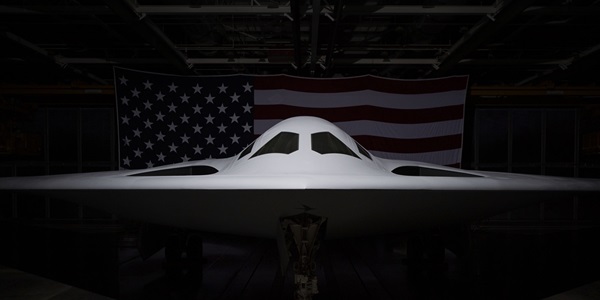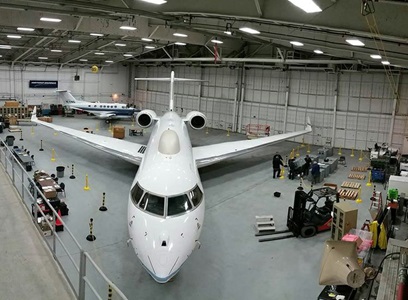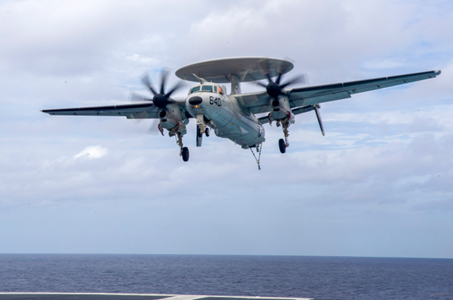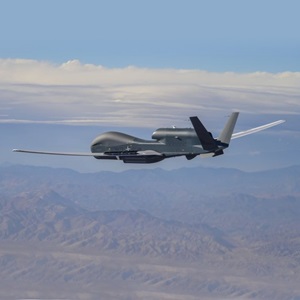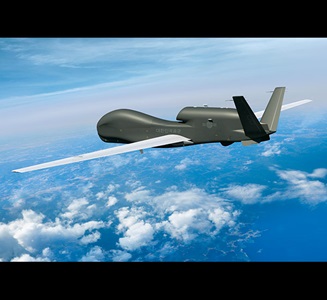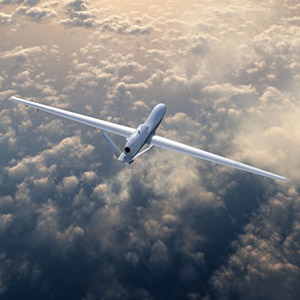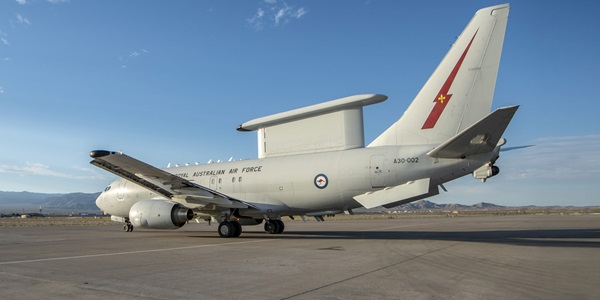For Airborne Intelligence, Surveillance & Reconnaissance (A-ISR), Northrop Grumman uses advanced technology and proven engineering capabilities to provide crewed and uncrewed, platform and payload agnostic solutions for actionable information around the clock.
Our A-ISR platforms and services are designed for future adaptability and rapid upgrades as technologies mature and threats evolve. A digitally differentiated approach accelerates delivery, lowers risk, and ensures the best chance for mission success for the U.S. military and our international allies.
Northrop Grumman’s A-ISR technologies coupled with our rapid technology insertion pathway emphasize:
- Mission Readiness – In harnessing digital logistics ecosystems that improve and retain overall A-ISR fleet health, our sustainment support’s use of digitally differentiated engineering capabilities and real-time asset visibility deliver persistent readiness and continued situational awareness for the warfighter.
- Flexibility – Our open systems architecture and modular designs reduce risk, cost, and schedule across weapons system lifecycles as rapid upgrades are required amidst future technology maturation and threat evolution.
- Affordability – Bringing platforms into the digital age reduces long-term sustainment costs. We build a resilient digital ecosystem to connect disparate systems and processes in a secure data infrastructure.

The Value of Digital Differentiation
The Northrop Grumman team employs digitally differentiated engineering capabilities — eDesign, advanced modeling and simulation, digital twin – to rapidly evaluate A-ISR system performance, make changes in real time, and visually see improvements to maximize mission readiness.
The Value of Digital Transparency
These capabilities are encapsulated in a fully developed digital environment that provides total visibility into the weapons system, including design, testing, fielding, and sustainment for the duration of its lifecycle. This digital transparency affords direct collaboration and ownership of the digital twin.

Caption: Northrop Grumman's MQ-4C Triton unmanned aircraft system (UAS) provides real-time intelligence, surveillance and reconnaissance over vast ocean and coastal regions.
Triton is equipped with a unique and robust mission sensor suite, including Northrop Grumman's AN/ZPY-3 Airborne Multifunction Active Sensor (MFAS). MFAS is an active electronically scanned array (AESA) that provides 360-degree coverage, enabling long-range detection, classification and monitoring of all contacts of interest.

